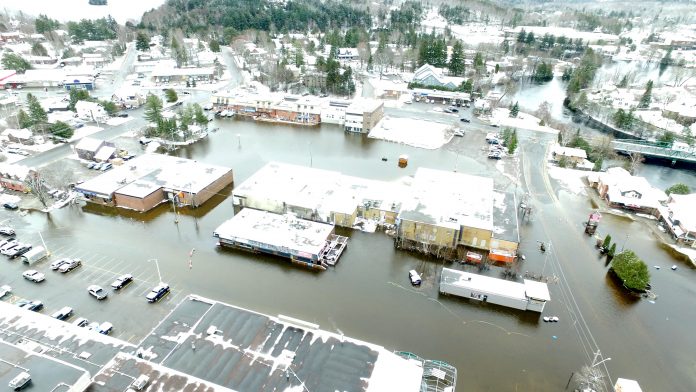Research by the University of Waterloo reveals that Indigenous communities are at higher risk from climate change flooding, due to pre-existing socioeconomic vulnerability
Factors influencing vulnerability in Indigenous communities include the legacy of colonisation, attributes of race and ethnicity, income, built environment, education, occupation, access to resources and much more.
Led by Liton Chakraborty from the University of Waterloo the study found that in measuring socioeconomic vulnerability to flooding, Indigenous communities are placed in an increasingly vulnerable position as climate change continues to change environmental factors.
The 2021 IPCC Climate report illustrated the severe environmental changes we should expect to see over the following decade, with extreme weather becoming more regular. With this in mind research into demographics and locations that are at increased risk is becoming even more valuable.
In a piece for Open Access Government, Bianca Yaghoobi, Tanya Khemet Taiwo, and Pamela Lein explored the ways in which institutionalised racism is continually affecting minorities in nearly every aspect of life. The three explained that “a rigorous and nuanced approach is needed that recognises and examines the systemic roots of differential exposures to environmental hazards based on socioeconomic status and race,” Liton Chakraborty’s study explores exactly this.
The need for comprehensive risk assessments
“This is a first attempt in Canada to assess place-based social vulnerability and flood exposure for Indigenous populations at a national level,” Chakraborty said.
“The study contributes to knowledge about socioeconomic factors that contribute to flood risk among First Nations, Métis, and Inuit peoples living on-reserve.”
This study revealed the “hotspots” where flood risk spatially coincided with socioeconomic disadvantage, capturing the percentage of the population and number of residential properties in the designated 100-year flood zone.
Chakraborty has noted the importance that the Canadian federal government needs to prioritise resources for identifying flood explore in Indigenous communities due to the considerable data gaps that currently exist. These gaps are limiting flood risk assessment in Canada and placing Indigenous communities in continuous danger.
“Part of the considerations should be the dynamic range of geography, topography, and available data inputs from local scale determinations of flood risk” pointed out Chakraborty.











